5 Signs That You Have Tree Roots Obstructing Your Pipes And Drains – And Here’S What You Can Do About It
Blocked drains can be a major headache for homeowners, causing inconvenience and potential damage to your property. While there can be several reasons behind blocked drains, one common culprit that often goes unnoticed is tree roots. Yes, you heard it right – those majestic trees that provide shade and beauty can also wreak havoc on your drain and sewer systems.
Tree roots possess a remarkable ability to infiltrate and exploit any available space, including your plumbing pipes and sewage lines. Their quest for water and nutrients leads them towards your drain pipes, causing root intrusion and blockages. If left unchecked, this root invasion can lead to costly pipe repairs and even a complete overhaul of your sewer system.
But how do you know if tree roots are causing your blocked drains? In this blog, we will discuss five telltale signs that indicate a root system is causing havoc in your plumbing. We will also provide practical solutions to clear tree roots and prevent further damage. So, let’s dive in and learn how to reclaim your drain pipes from the offending trees that have taken root where they shouldn’t be.
Identifying and Dealing with Tree Roots in Pipes and Drains: 5 Key Indicators
1. Slow Draining Fixtures
One of the primary signs that you may have tree roots obstructing your pipes and drains is the presence of slow-draining fixtures. This issue typically manifests in sinks, showers, and toilets. Slow-draining fixtures occur when water takes longer than usual to empty out, leaving you with standing water or a lingering pool in the sink or shower tray.
Tree roots possess a remarkable ability to seek out water sources, and unfortunately, this includes your plumbing pipes. When a tree’s root system grows near underground pipes, it can infiltrate and exploit any existing cracks or joints. Over time, the roots grow thicker, causing blockages and disrupting the flow of water through the pipes. This root intrusion often leads to drainage issues, resulting in slow-draining fixtures.
To determine if slow-draining fixtures are due to tree roots obstructing your pipes and drains, consider the following tips:
- Multiple Fixtures Affected: If you notice slow drainage in various fixtures throughout your home, such as sinks, showers, and toilets, it suggests a more extensive issue within the plumbing system, possibly caused by tree roots.
- Gurgling Sounds: Pay attention to any unusual gurgling noises coming from your drains or toilets. These sounds indicate air pockets caused by root blockages, which disrupt the normal flow of water.
- Frequent Clogs: If you frequently deal with blocked drains, even after attempting to clear them using conventional methods, it could be a sign of tree roots infiltrating your pipes.
- Presence of Wet Soil: Examine the area around the sewer lines and underground pipes. If you notice wet soil or patches of greener grass in those locations, it could indicate water leaking from damaged pipes caused by tree roots.
- Professional Inspection: Consider scheduling a CCTV drain camera inspection with a plumbing professional. This advanced technology enables them to accurately identify any root intrusion or blockages within your pipe system.
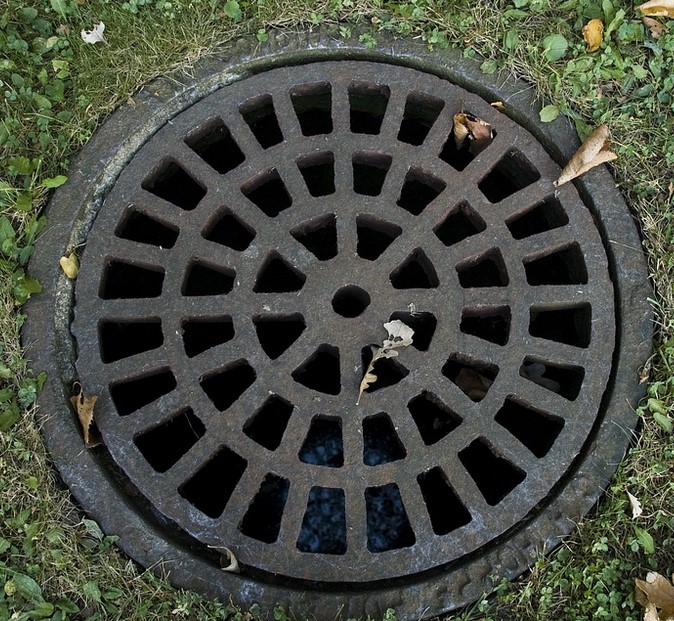
2. Unpleasant Odours
If you notice foul smells emanating from your drains or around plumbing fixtures such as sinks or toilets, it could be an indication of tree root intrusion. Tree roots are naturally drawn to moisture and nutrients, which can lead them to infiltrate your drain pipes and sewer lines. As the roots grow, they can create blockages and impede the flow of water and waste. This obstruction can cause stagnant water to accumulate in the pipes, leading to foul odours.
Tree roots can also break through clay pipes, causing leaks and allowing sewage to seep into the surrounding soil. This can result in unpleasant smells that permeate your property.

To confirm if tree roots are the source of the unpleasant odours, consider the following steps:
- Inspect the area: Look for any signs of tree root intrusion, such as cracks or shifts in the ground near your plumbing system or visible root growth around pipes.
- Professional assessment: Contact a licensed plumber or sewer specialist who can conduct a thorough inspection using specialised equipment such as cameras or pipe relining techniques. They can identify the presence of tree roots and assess the extent of the damage.
- Odour differentiation: Although tree roots are a common cause of foul odours, other factors such as clogged drains or broken pipes can also contribute to the problem. A professional can help differentiate the source of the odour and provide accurate solutions.
- Clearing roots and eliminating odours: If tree roots are indeed the cause, there are several options to address the issue. High-pressure water jetting can be used to clear roots from the pipes. Chemical treatments or rock salt can be applied to kill roots, but these methods may require caution to prevent harm to the environment or pipes. Pipe relining using composite resin technology or pipe replacements may also be necessary to repair any damage caused by the roots.
3: Gurgling Sounds
When tree roots infiltrate the sewer pipes or sewer lines, they can disrupt the smooth flow of water, leading to these unusual noises. If you start hearing gurgling sounds when using your drains or flushing the toilet, it’s a strong indication that tree roots may be causing a blockage.
The connection between tree root intrusion and the disruption of proper water flow in your plumbing system is quite significant. As tree roots grow, they naturally seek out sources of moisture and nutrients. Unfortunately, sewer pipes contain moisture, warmth, and the organic matter that roots thrive on. The roots penetrate small cracks or joints in the pipes and continue to grow, eventually obstructing the flow of water and causing blockages.
To identify gurgling sounds as a potential tree root issue, it’s essential to be attentive to the following signs:
- Gurgling sounds persist: If gurgling sounds occur consistently whenever you use the drains or flush the toilet, it indicates a recurring problem rather than a one-time occurrence.
- Slow drains: If you notice that your sinks, showers, or bathtubs are draining slower than usual, it may be due to tree roots partially obstructing the pipes.
- Unpleasant odours: Tree roots can cause sewage pipes to crack or break, resulting in foul odours emanating from drains or toilets. If you detect persistent odours, it’s advisable to investigate further.
- Multiple affected fixtures: When gurgling sounds are accompanied by slow drains or odours from various fixtures, such as multiple toilets or sinks, it suggests a more extensive tree root intrusion problem.
If you suspect tree roots are causing gurgling sounds and blockages, contact a professional plumber experienced in handling root intrusion issues. They can use methods like mechanical augers or hydro jetting to remove the roots from your drain and sewer pipes. Also, consider preventive measures such as installing a synthetic liner or regularly maintaining your plumbing system to prevent future root entry.
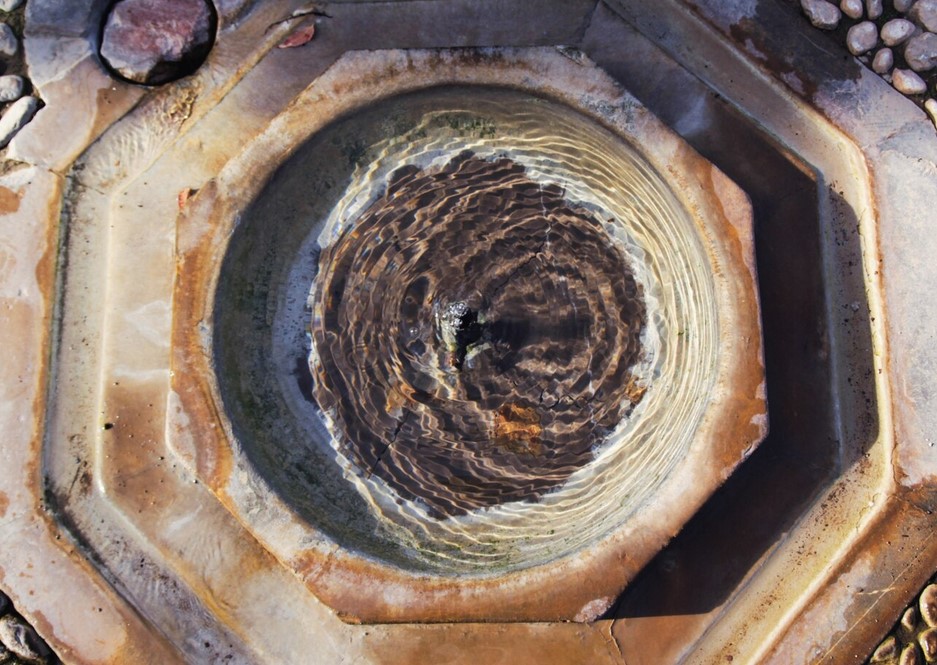
4: Recurring Clogs
Dealing with frequently clogged drains and toilets can be an incredibly frustrating experience. It disrupts your daily routine, causes inconvenience, and can lead to unpleasant odours and unsanitary conditions in your home. When faced with recurring clogs, it’s essential to identify the underlying cause to effectively resolve the issue.
One common cause of recurring clogs in plumbing systems is tree roots infiltrating sewer pipes. Trees, particularly their roots, are naturally drawn to sources of moisture and nutrients. Unfortunately, this can lead them to invade sewer lines in their search for water and oxygen. As tree roots grow, they exert pressure on the pipes, causing cracks, misalignments, or even complete breaks, which then allow the roots to enter.
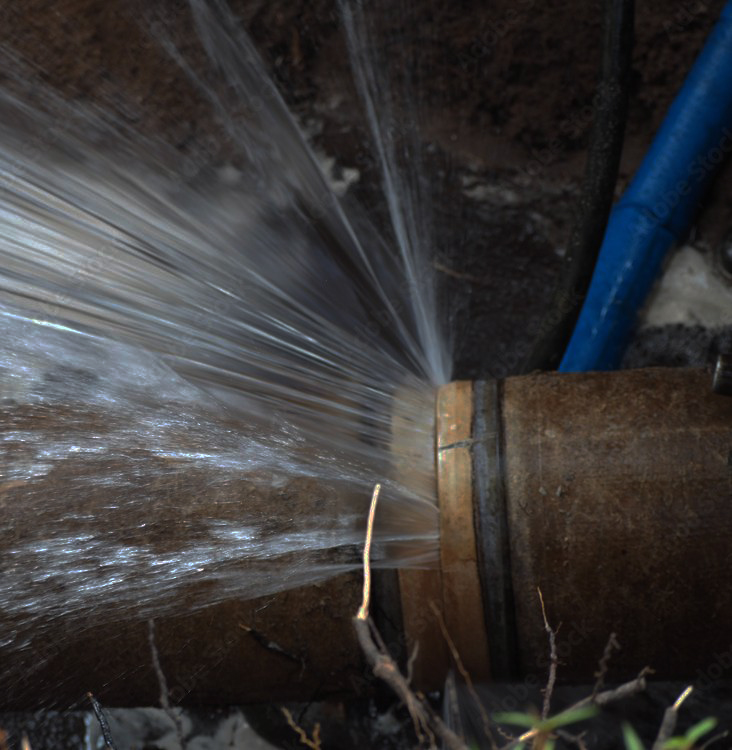
Once inside the sewer pipes, the roots act as a net, catching debris and other solid materials that pass through the plumbing system. Over time, this accumulation leads to blockages, resulting in recurring clogs. The tree roots themselves can also continue to grow and expand, exacerbating the problem and increasing the frequency of clogs.
Here are some suggestions to help you identify these root-related problems:
- Slow Drains: If you notice that multiple drains in your home, such as sinks, showers, or toilets, are draining slowly or gurgling, it could be a sign of tree root obstruction. Tree roots impede the flow of water through the pipes, causing backups and slower drainage.
- Recurring Clogs: If you regularly experience clogs in your drains or toilets, especially after attempting to clear them, tree roots are likely the underlying cause. The recurring nature of these clogs is a strong indication that there is an ongoing issue within your plumbing system.
- Changes in Water Levels: Noticeable changes in water levels in toilets or drains, such as rising or fluctuating water, may indicate the presence of tree roots obstructing the pipes.
5: Sewage Backup
A sewage backup is a severe plumbing issue that can lead to significant health risks and property damage. When sewage backs up into sinks, showers, or toilets, it poses a threat to both your living environment and the integrity of your plumbing system.
Tree roots infiltrating sewer lines can cause severe blockages, ultimately leading to sewage backup. As roots grow and expand within the pipes, they can completely obstruct the flow of wastewater. This blockage prevents sewage from properly flowing out of your home, resulting in the backup of sewage into your sinks, showers, or toilets.
If you experience sewage backup in your home, it is a clear indication that tree roots are obstructing your sewage pipes. The presence of wastewater in sinks, showers, or toilets, along with foul odours and unusual gurgling sounds, confirms the likelihood of tree root intrusion.
To promptly address sewage backup caused by tree root obstruction, consider the following steps:
- Contact a Professional: It is crucial to seek the assistance of a licensed plumber with expertise in dealing with tree root-related plumbing issues. They will have the necessary tools and knowledge to assess the extent of the problem and recommend the most appropriate solution.
- Inspection and Removal of Tree Roots: The plumber will conduct a thorough inspection of your sewer pipes using specialised cameras or other diagnostic tools. This inspection helps identify the location and severity of the tree root intrusion. Once identified, the plumber may use mechanical augers or high-pressure water jetting to remove tree roots and restore proper flow in the pipes.
- Repair or Replacement: In cases where the sewer pipes have sustained significant damage due to tree root infiltration, repair or replacement may be necessary. The plumber may suggest options such as pipe relining work or the installation of a synthetic liner, which can reinforce the existing pipes without the need for extensive excavation.
- Preventive Measures: To prevent future tree root obstructions, it is essential to implement preventive methods. Discuss with your plumber the possibility of using root barriers, which are physical barriers installed near utility lines or pipes to deter tree roots from infiltrating them. Also, regular maintenance, such as periodic inspections and cleaning of the pipes, can help identify and address any potential issues before they escalate.
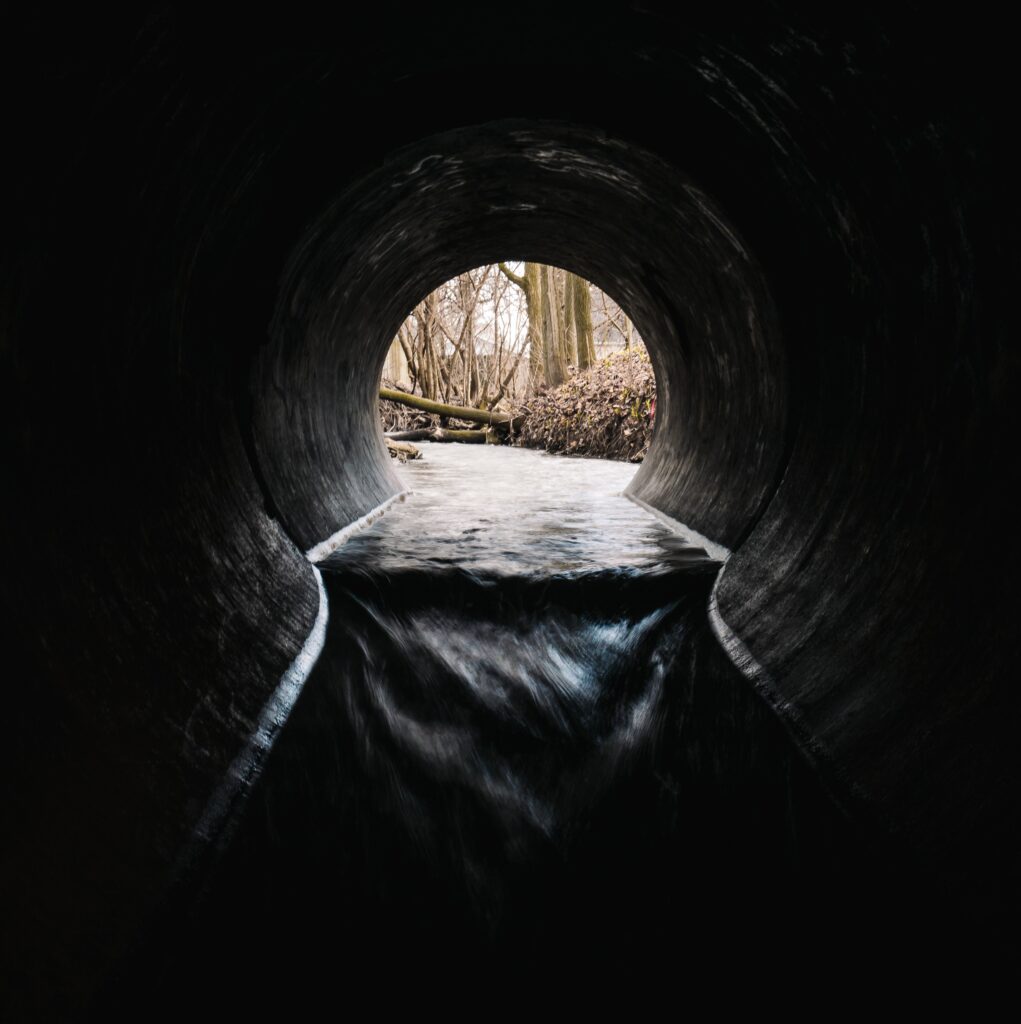
What to Do About Tree Roots Obstructing Your Pipes and Drains
Tree roots have the potential to cause significant damage to your plumbing system if not addressed promptly and correctly. Professional plumbers possess the expertise and specialised equipment necessary to tackle tree root-related problems effectively.
Diagnosing and resolving tree root obstructions in your pipes and drains typically involves the following steps:
- Inspection: A professional plumber will conduct a thorough inspection using advanced techniques such as CCTV cameras. This allows them to identify the offending tree root and assess the extent of the blockage or damage.
- Clearing the Blockage: The plumber will use various methods to remove the roots from the blocked drain. This can involve mechanical root cutting or hydro jetting to clear the pipe.
- Repairing the Damage: If the tree roots have caused a broken pipe, the plumber will repair or replace the affected section. In some cases, an epoxy resin-filled liner can be used to reinforce the damaged pipe, creating a durable barrier against future root intrusion.
Preventing tree roots from obstructing your pipes and drains requires proactive measures. Here are some tips to minimise tree root intrusion:
- Careful Tree Placement: When planting trees, consider the proximity to your plumbing system. Keep new trees at least 10 feet away from any underground pipes or drains.
- Choose Non-Invasive Trees: Opt for tree species with non-aggressive root systems, such as fruitless varieties or those recommended for urban environments.
- Regular Maintenance: Schedule regular inspections and maintenance with a professional plumber. They can identify early signs of root intrusion and take preventive measures before the problem worsens.
- Avoid Flushing Roots: Never attempt to flush down tree roots or any large plant material down the toilet or drain. This can lead to blockages and exacerbate the issue.
- Consult an Arborist: If you have existing trees near your plumbing system, consult with a certified arborist to assess their root systems. They can guide managing tree roots and minimising potential damage to your pipes and drains.
By seeking professional assistance, understanding the steps involved in resolving tree root obstructions, and implementing preventive measures, you can effectively address the issue of tree roots obstructing your pipes and drains. Safeguarding your plumbing system from future root intrusion will ensure the smooth operation of your household’s plumbing needs and maintain healthy plumbing for years to come.
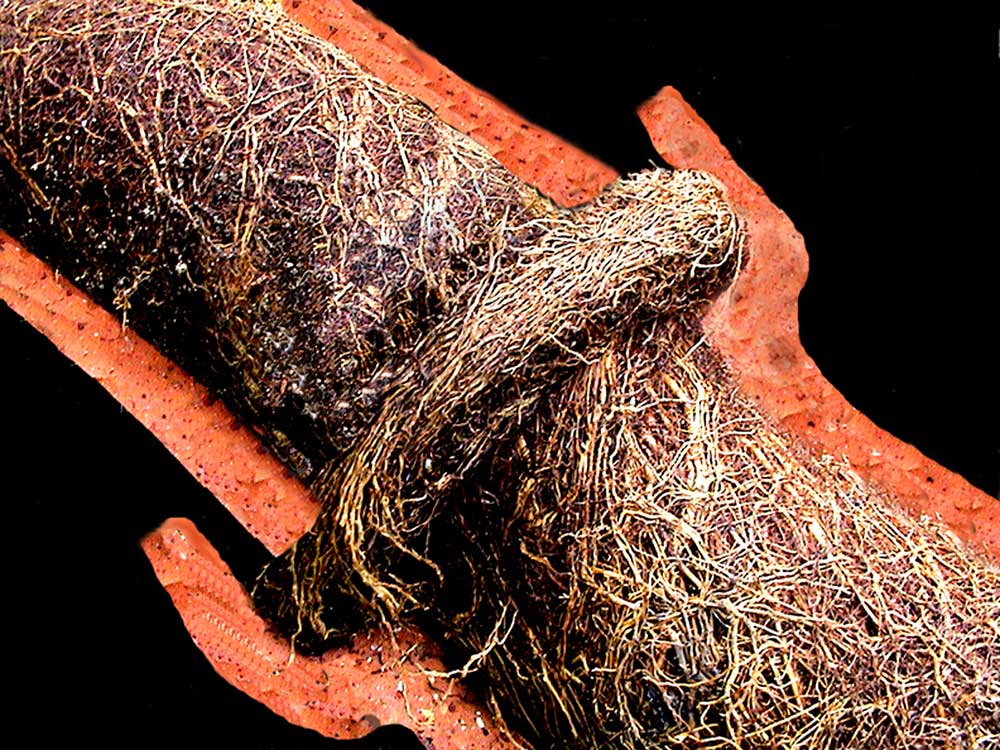
Limcora: Your Expert Solution to Root-Related Plumbing Problems
If you’re facing the problem of tree roots obstructing your pipes and drains, don’t hesitate to seek professional assistance from Limcora. Our team of skilled drainage plumbers is experienced in diagnosing and resolving tree root-related plumbing issues.
At Limcora, we follow a comprehensive approach to tackle tree root obstructions. From thorough inspections using advanced techniques to clearing the blockages and repairing any damage, we ensure that your pipes and drains are restored to their optimal functionality. Our experts can even utilise innovative solutions like epoxy resin-filled liners to provide long-lasting protection against future root intrusion.
Contact Limcora today and let our professionals handle the root of the problem. Say goodbye to blocked drains and broken pipes caused by invasive root systems. Your plumbing system deserves the care it needs, and we’re here to provide it.
